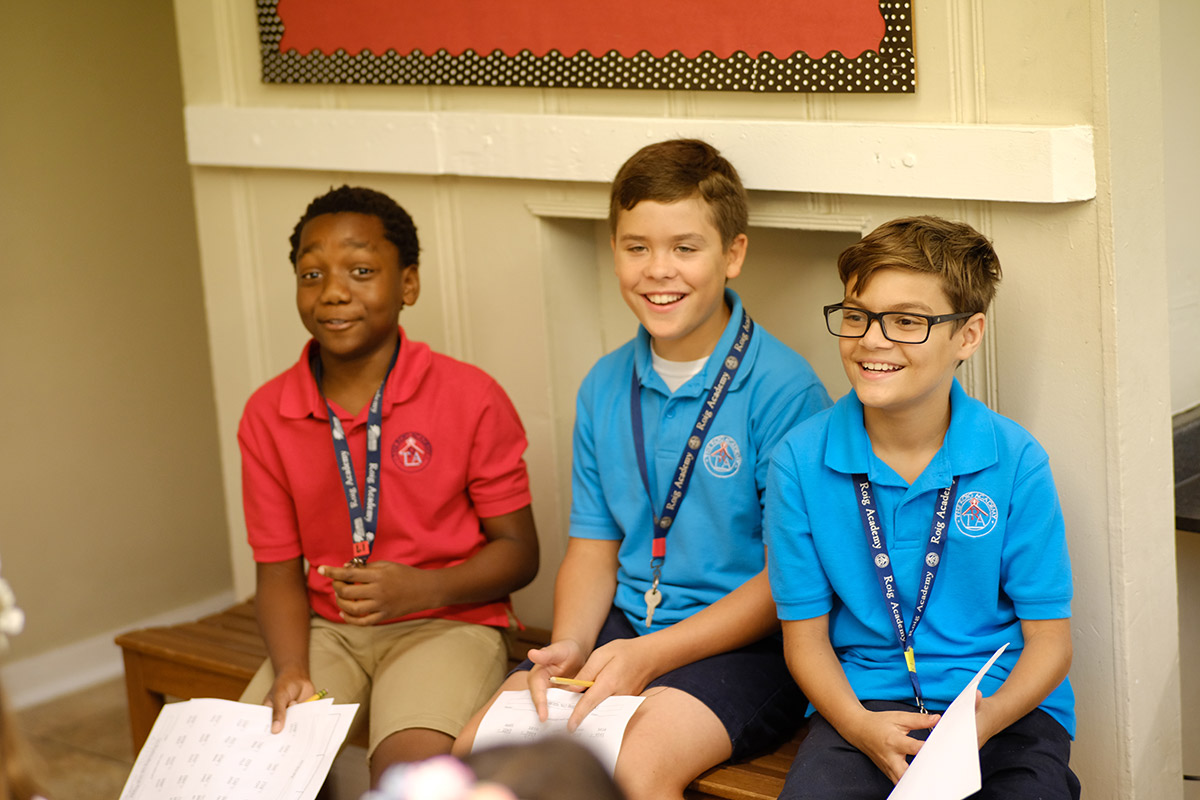A large amount of a child’s time is spent in a school classroom. This is where they learn various skills deemed necessary for them to achieve success in the global society. Since schools play a large role in teaching the next generations how to be successful members of society, it is imperative that the learning environment is one that helps students thrive. In this article, we will look at the elements and effects of a positive learning environment.
The elements of a positive learning environment
There are three elements of a positive learning environment; physical, psychological, and instructional. The physical environment in the classroom includes how furniture is arranged, how materials are stored and maintained, the cleanliness of the classroom, and the overall color and brightness. Classrooms should be inviting environments that make students feel good to be there. The psychological environment in the classroom is how the students feel about their learning. When instructions are clear and consistent, praise and gratitude is offered, and teachers set a good example, students are confident and comfortable in the classroom. The instructional environment is the setting for all teaching. When teacher’s instructions are clear, there are hands-on activities, cooperative learning groups, and small group activities, learning is interesting and fun. This keeps students engaged, which means they will likely remember content long-term.
The effects of a positive learning environment
Students learn better when they view the learning environment as positive and supportive. In fact, this study from The University of Salford shows that the classroom environment can affect student’s learning and academic progress by as much as 25%. According to this study, a positive environment is one where students feel a sense of belonging, trust others, and feel encouraged to tackle challenges, ask questions, and take risks. An environment such as this provides relevant content, chances to build social skills, clear learning goals and feedback, and strategies to help students succeed.
Here at The Roig Academy, we empower, nurture, and promote student achievement in a learning environment where children feel comfortable taking risks in order to inquire, explore and reflect upon their learning. Our staff teach to the whole child by engaging in ongoing teacher collaboration and use differentiated instructional techniques that are supported by current and best practices in teaching and learning. These various teaching strategies allow us to foster the development of the whole child encompassing social, physical, emotional and cultural needs, as well as academic welfare.
We encourage flexible seating and collaborative work, use fun and engaging technology in our classrooms, and work hard to ensure that each child has all the tools they need to succeed. Each child’s unique social, physical, emotional, cultural and academic welfare is nurtured in a supportive learning community. Our learning environment is a place where all children feel safe, respected, and loved.

